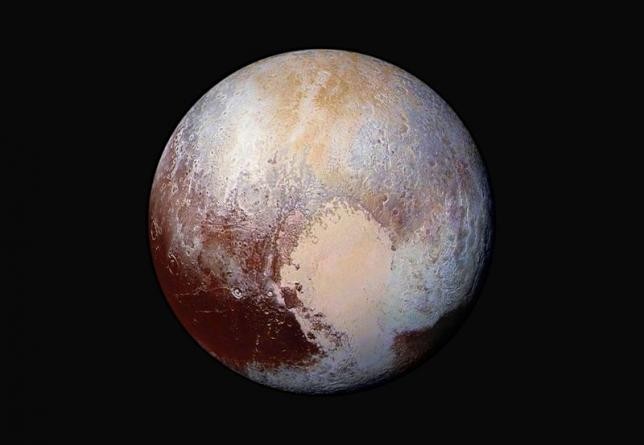NASA's New Horizon spacecraft captured a photo of Pluto backlit by the sun showing a glowing halo. The photos show flowing ice and a surprising haze.
According to NASA, Pluto is an icy world of wonders. John Grrunsfield , NASA's associate administrator for the Science Mission Directorate said that they know than a mission to Pluto will bring surprises. He narrated their discoveries, ten days after closest approach, of the icy terrain of Pluto. He added that Pluto is showcasing a diverse thrilling geology.
According to RDMag, New Horizons discovered towering hazes on above Pluto's surface as it aim its long range Reconnaissance Imager (LORRI) to Pluto. It was discovered seven hours after the spacecraft's closest approach to Pluto,
The images taken by the New Horizon showcases impressive details on a plain the same size as Texas, named Sputnik Planum. The plain lies on the western half Pluto. New Horizon indicated that that the center of Sputnik Planum id Rich in Nitrogen, Carbon Monoxide, and Methane Ices.
Bill MacKinnon, deputy leader of the New Horizons, Geology, Geophysics and Imaging team at Washington University in St. Louis said that at Pluto's negative 390 degrees Fahrenheit ice in Pluto flows like glaciers. He also added that in the southernmost part adjacent to the dark equatorial region appears ancient heavily-centered terrain invaded by newer icy deposits.
The New Horizons is expected to continue sending information regarding its records until 2016. The spacecraft according to NASA is around 7.6 million miles beyond Pluto.



























